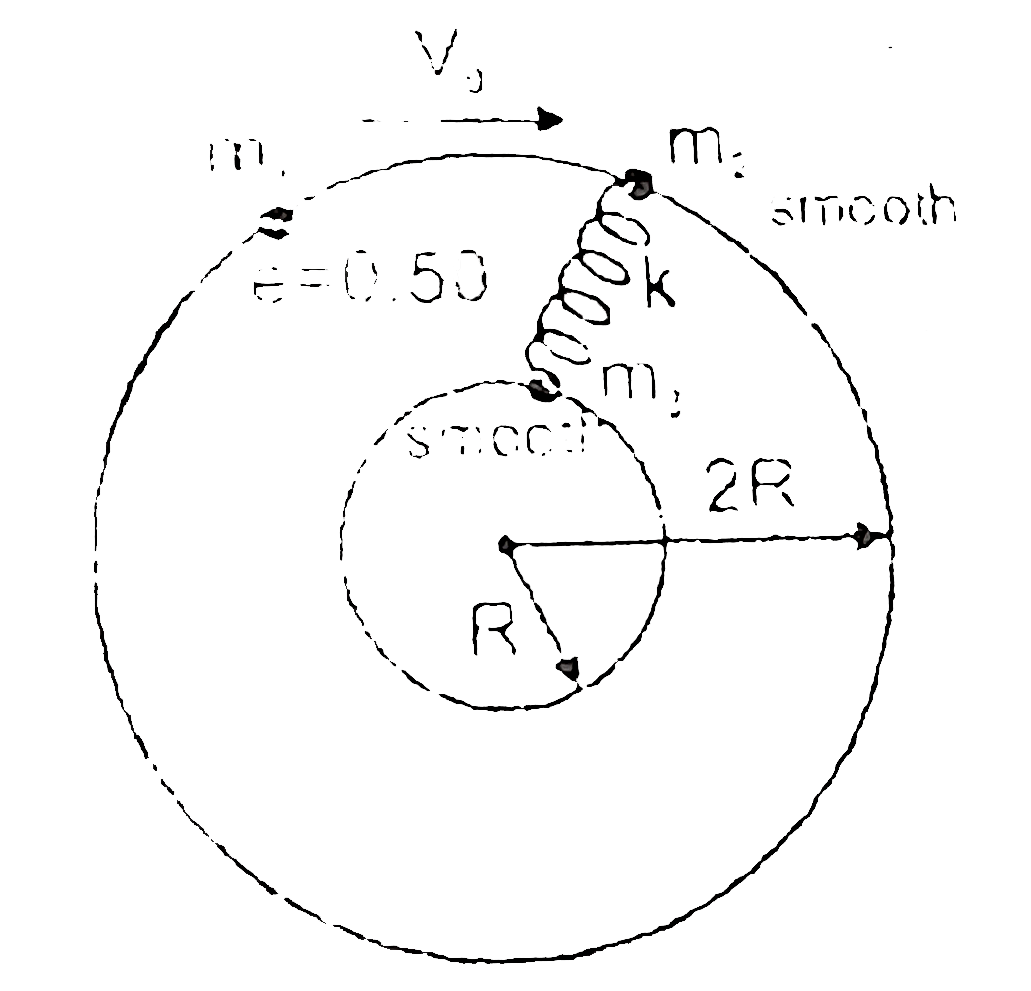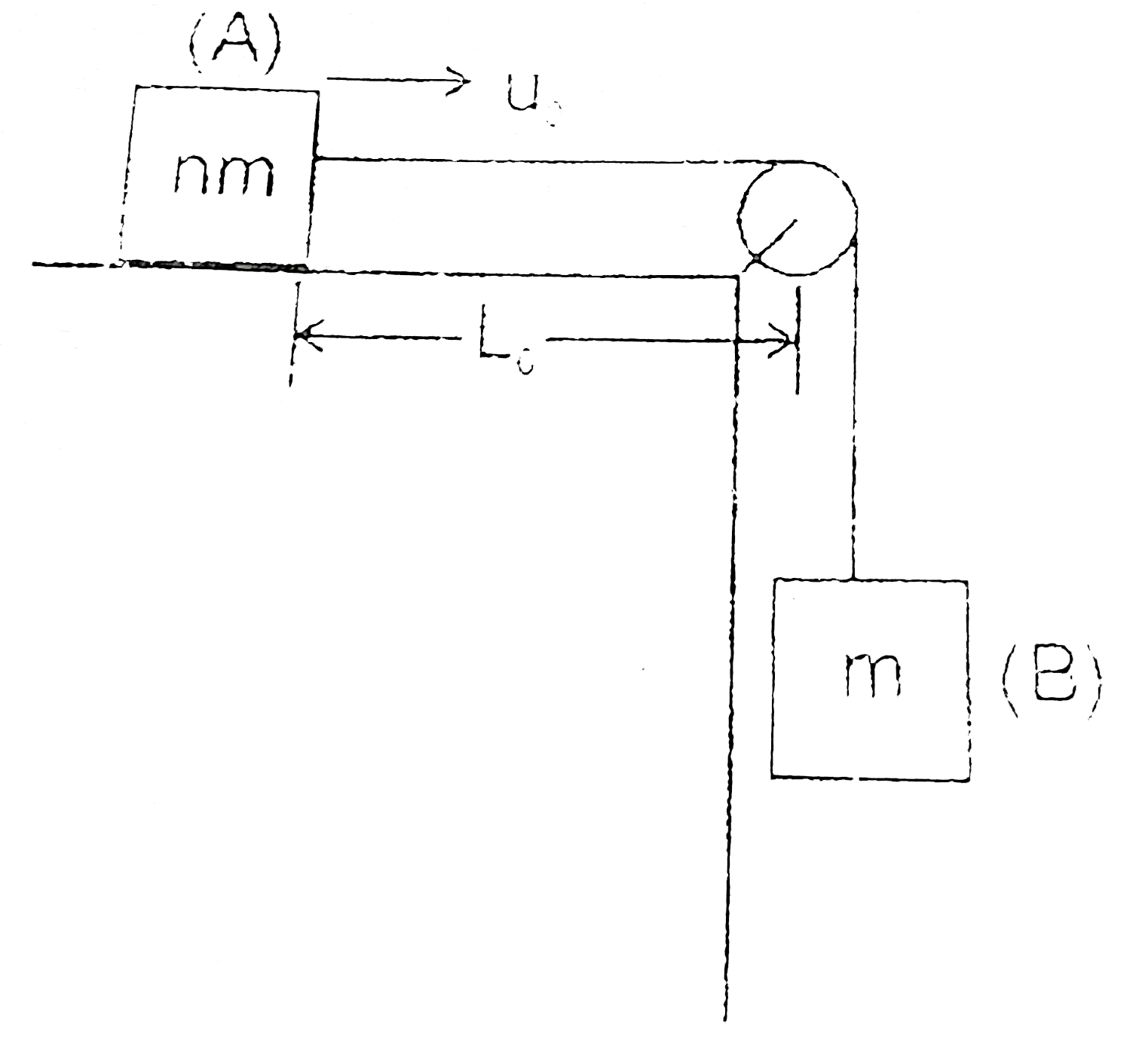A ray of light incident at an angle θ on a refracting face of a prism emerges from the other face normally. If the angle of the parism is 5∘ and the prism is made of a material of refractive index 1.5, the angle of incidence is
7.5
5∘
15∘
2.5∘
The correct Answer is:A
Step by step video solution for A ray of light incident at an angle theta on a refracting face of a prism emerges from the other face normally. If the angle of the parism is 5^(@) and the prism is made of a material of refractive index 1.5, the angle of incidence is by Physics experts to help you in doubts & scoring excellent marks in Class 12 exams.
Updated on:21/07/2023Topper's Solved these Questions
- DAILY PRACTICE PROBLEMBOOK - RESONANCE ENGLISHCHAPTER - DAILY PRACTICE PROBLEMEXERCISE - DPP No.67
10 Videos
- DAILY PRACTICE PROBLEMBOOK - RESONANCE ENGLISHCHAPTER - DAILY PRACTICE PROBLEMEXERCISE - DPP No.68
9 Videos
- DAILY PRACTICE PROBLEMBOOK - RESONANCE ENGLISHCHAPTER - DAILY PRACTICE PROBLEMEXERCISE - DPP No.65
9 Videos
- CURRENT ELECTRICITYBOOK - RESONANCE ENGLISHCHAPTER - CURRENT ELECTRICITYEXERCISE - High Level Problems (HIP)
19 Videos
- ELECTRO MAGNETIC WAVESBOOK - RESONANCE ENGLISHCHAPTER - ELECTRO MAGNETIC WAVESEXERCISE - Exercise 3
27 Videos
Similar Questions
A rod of uniform cross-section of mass M and length L is hinged about an end to swing freely in a vertical plane. However, its density is non uniform and varies linearly from hinged end to the free end doubling its value. The moment of inertia of the rod, about the rotation axis passing through the hinge point
View SolutionThree particles each of mass m can slide on fixed frictionless horizontal circular tracks in the same horizontal plane as shown in the figure. The coefficient of restitution being e=0.5. Assuming that m2 and m3 are at rest initially and lie along a radial line before impact and the string is initially unstretched, then maximum extension in spring in subsequent motion

View SolutionIn the following figure all surfaces are assumed to be frictionless and pulley us assumed to be ideal. The block 'A' is projected towards the pulley 'P' with an intial velocity u0 then select correct option :

View SolutionA galvanometer having 30 divisions has a current sensitivity of 20μA/ division. It has a resistance of 5Ω How will you convert it into an ammeter measuring upto 1A ?
View SolutionAn electromagnetic wave of frequency υ=3 MHz passes from vacuum into a dielectric medium with permittivity ε=4. Then
View SolutionA ray PQ is incident normally on the refracting face of the prism BAC made of material of refractive index 1.5. Complete the path of ray through the prism. From which face will the ray emerge and at what angle ? Justify your answer.
View SolutionA ray of light incident at an angle θ on a refracting face of a prism emerges from the other face normally. If the angle of the prism is 5∘ and the prism is made of a material of refractive index 1.5, the angle of incidence is.
View SolutionA ray of monochromatic light is incident on one refracting face of a prism of angle 75^(@) . It passes through the prism and is incident on the other face at the critical angle. If the refractive index of the material of the prism is sqrt2 , the angle of incidence on the first face of the prism is
View SolutionA light ray is incident on one refraction face of a prism, of refractive angle A, at an angle of incidence, I and emerges from the opposite face, normally. If refractive index of the material of the prism be μ what will be the value of the angle of incidence?
View SolutionA monochromatic ray of light in incident normally on a refracting face of a prism of angle 30∘ . The refractive index of the material of the prism 1.5 .
The angle of emergence will be
View SolutionThe refracting angle of a prism is 60^(@) and the refractive index of its material is sqrt((7)/(3)). Find the minimum angle of incidence of a ray of light falling on one refracting face of the prism such that the emerging ray will graze the other refracting face.
View SolutionA ray of monochormatic light is incident on one refracting face of a prism of angle 75∘. It passes through the prism an is incident on the other at the critical angle. If the refractive index of the material of the prism is √2, the angle of the first face of the prism is
View SolutionA ray of light incident at an angle theta on a refracting face of a prism emerges from the other face normally. If the angle of prism is 5^(@) and the prism is made of a material of refractive index 1.5, the angle of incidence is
View SolutionA ray of light is incident at an angle of 60∘ on one face of a prism of angle 30∘. They ray emerges normally from the other face of the prism. The refractive index of the prism material is
View SolutionA ray of light incident at an angle θ on a refracting face of a prism emerges from the other face normally. If the angle of the prism is 5∘ and the prism is made of a material of refractive index 1.5, the angle of incidence is.
View SolutionA ray of light incident at an angle θ on a refracting face of a prism emerges from the other face normally. If the angle of the prism is 5∘ and the prism is made of a material of refractive index 1.5, the angle of incidence is
View Solution

